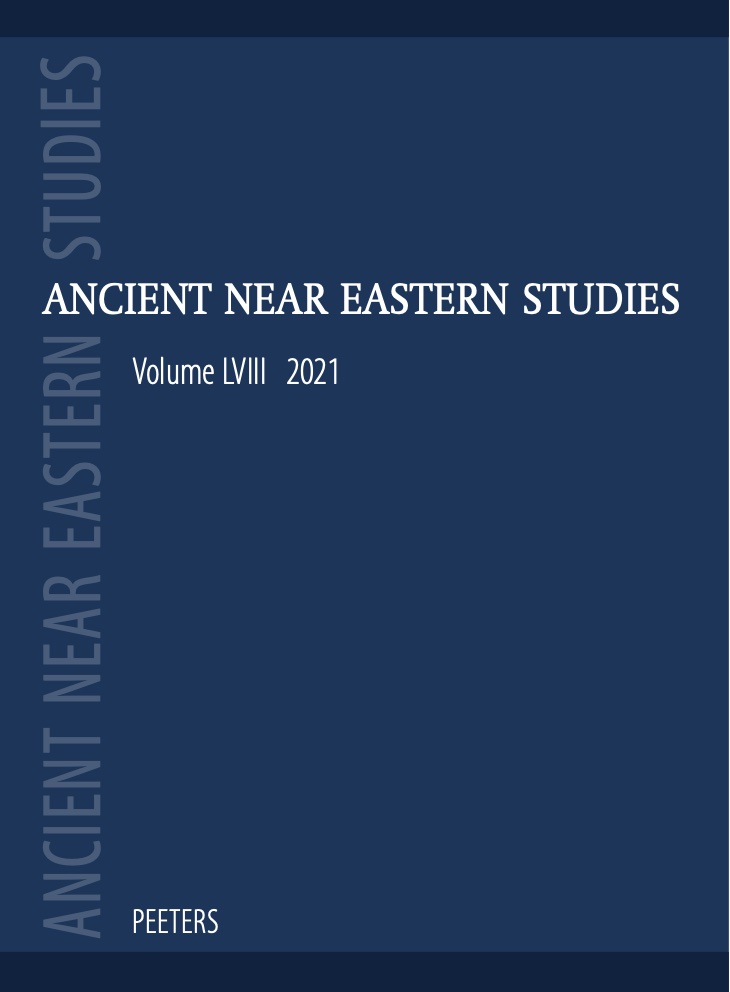 previous article in this issue previous article in this issue | next article in this issue  |

Preview first page |
Document Details : Title: Comparing Adoptions and Adaptions Subtitle: From Anatolia and Greece to Persia and Sub-Saharan Africa Author(s): LURAGHI, Nino Journal: Ancient Near Eastern Studies Volume: 61 Date: 2024 Pages: 485-495 DOI: 10.2143/ANES.61.0.3294042 Abstract : The present contribution points to scribal schools in the Cilician and north Syrian areas as a likely context for the origins of the Phrygian and Greek alphabets, along the lines of the co-occurrence theory of these two writing systems recently advanced by Benjamin Sass. It then presents other cases of the adaptation of a pre-existing writing system to a new language, which may provide parallels, or in broader terms comparanda for the adaptation of the Phoenician writing system to Phrygian and Greek. Case studies include the Old Persian cuneiform syllabary, created essentially ex novo and without any phonetic link to a preexisting writing system, and the ajami scripts used to write West African languages, heavily based on the Arabic writing system taught in the Quranic schools, which carried over a number of Arabic graphemes with no function in the languages to which the system was adapted. The respective levels of orthographic consistency reflect the different socio-political contexts in which these systems were devised and their purposes, in ways that provide food for thought to the study of the Phrygian and Greek alphabets. |
|


